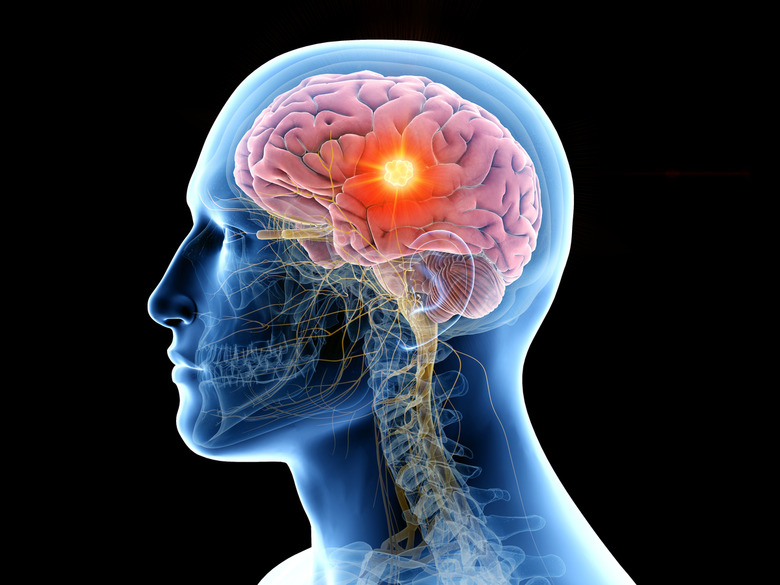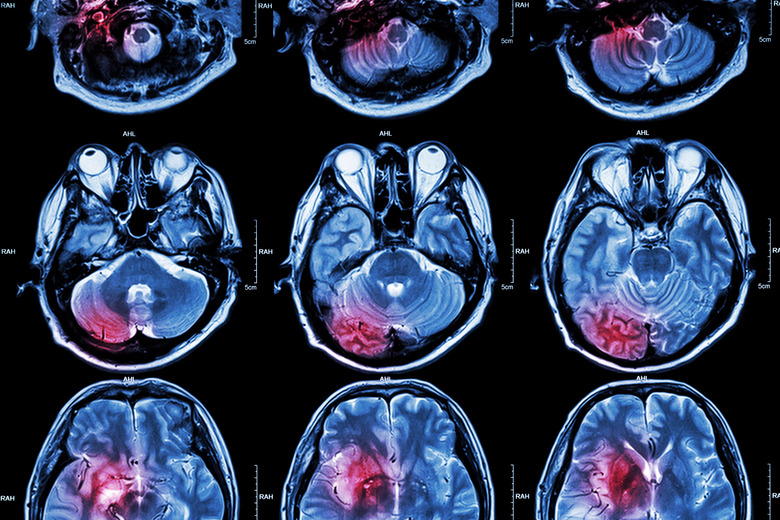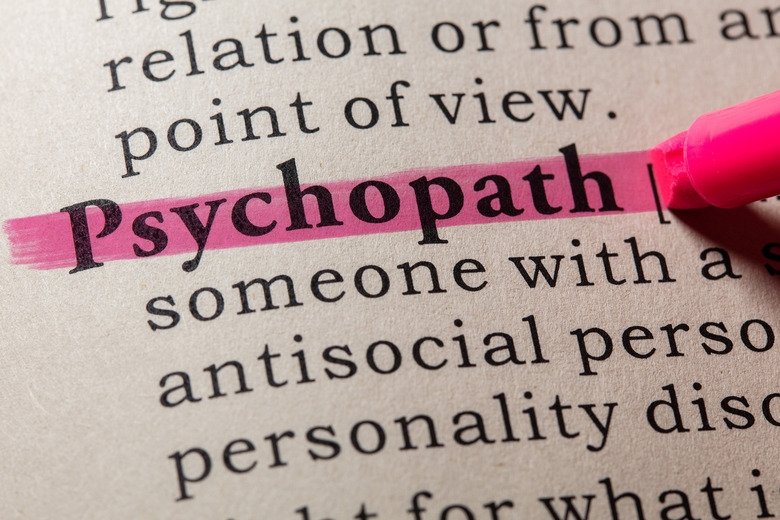Scientists May Have Identified A Key Biological Marker In Psychopaths
Scientists may have discovered a biological way to tell the difference between psychopaths and non-psychopathic people. The biological marker is essentially a difference in the way that certain parts of the brain form in psychopathic persons. As a result of this research, they now believe the size of a person's striatum could be a psychopathic marker to help identify people with psychopathic tendencies.
Parts of the brain can act as a psychopathic marker
Neuroscientists from three distinct universities discovered the psychopathic marker. They used magnetic resonance imaging (MRI) scans to look for markers in the brains of psychopathic and non-psychopathic people.
They published their findings on the biological psychopathic markers in the Journal of Psychiatric Research back in March of 2022. Essentially, they found that psychopaths had striatum 10 percent larger than those in a control group of non-psychopathic
Studying psychopathic tendencies
One of the primary reasons that this research is exciting is because it could help us better understand psychopathic people. It's easy to see the word psychopath and instantly connect it to something criminal. However, the word psychopath doesn't necessarily mean criminal. That just happens to be one of the most common ways we discover psychopathic people. This could change with psychopathic markers, though.
"We have always known that psychopaths go to extreme lengths to seek out rewards, including criminal activities that involve property, sex, and drugs," Professor Adrian Raine of the Departments of Criminology, Psychiatry, and Psychology at the University of Pennsylvania explained.
"We are now finding out a neurobiological underpinning of this impulsive and stimulating behavior in the form of enlargement to the striatum, a key brain area involved in rewards." (Via SciTech Daily)
With a deeper study into the biological psychopathic markers, we could better understand the brains of psychopathic people outside of the criminal element. Consequently, this could help us find ways to deal with those types of tendencies.


